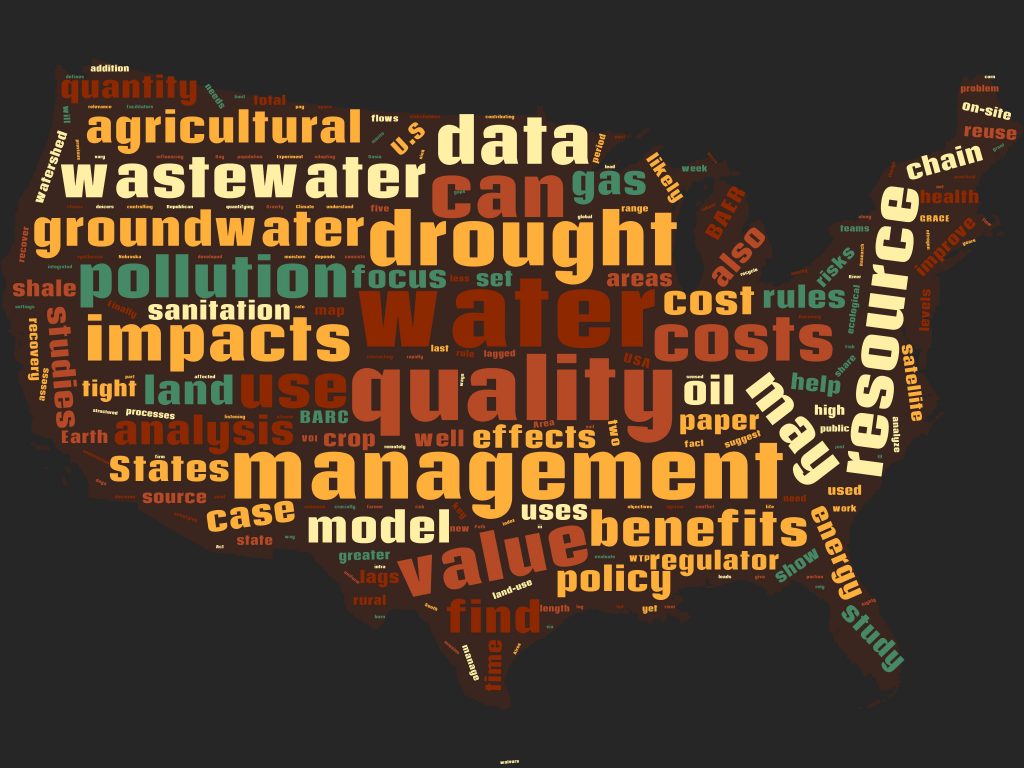Dr. Yusuke Kuwayama joined the faculty in August 2020. He advises in the Evaluation and Analytical Methods specialization. His research focuses on the economics of water resource management. He is particularly interested in interdisciplinary approaches to address policy questions involving sustainable use and management of coupled human-natural systems, especially work that requires modeling human decision-making, hydrologic and ecological processes, and the connections between them. Recent research topics include the linkages between water management and aquatic species, trends in ambient water quality and their socioeconomic impacts, and the effects of drought on agriculture. 
Some key takeaways from his research include:
- Aquatic ecosystem health, including marine, coastal, and freshwater ecosystems, is clearly linked to decisions about the management of water quality and quantity. Environmental policymakers and researchers have a critical role to play in using these linkages to effectively manage water resources and aquatic ecosystems together.
- In Texas, surface water pollution from nutrients like dissolved oxygen, nitrogen, phosphorous, and chlorophyll may be a growing problem statewide. This indicates that nutrient pollution presents a greater threat to human water usages than it has in the past three decades.
- By measuring impacts of drought the county level,
Dr. Kuwayama and collaborators found drought has a negative impact overall on crop yields, but the results vary from 0% to 8% by region.
Learn more about Dr. Kuwayama’s research on water resource management in his recent publications:
The Economics of the Joint Management of Water Resources and Aquatic Species in the United States
Estimating the Impact of Drought on Agriculture Using the U.S. Drought Monitor